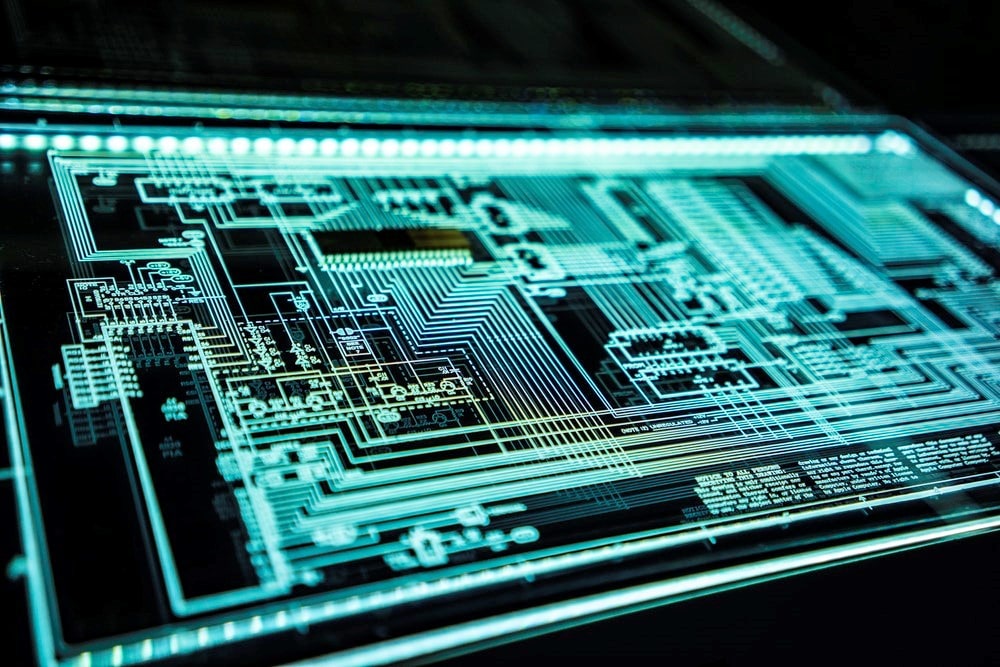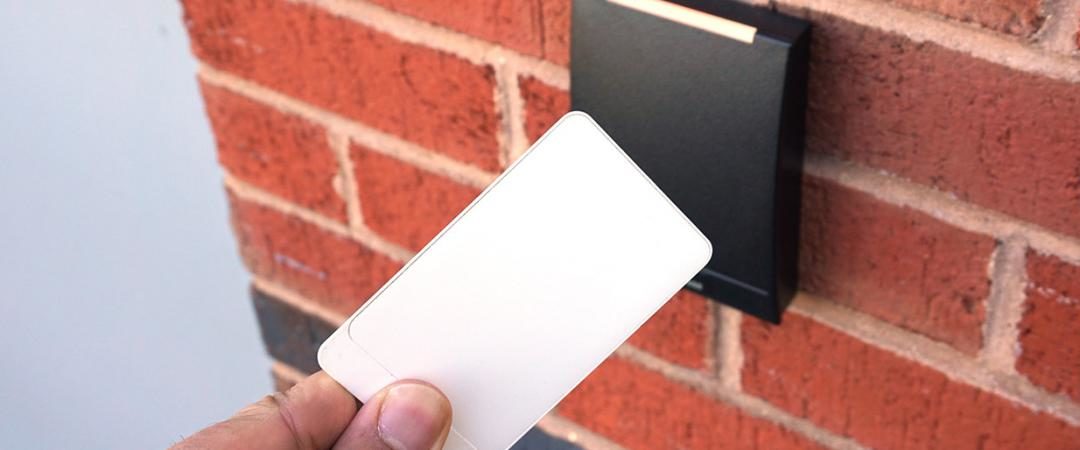Card access systems
A security system that allows users to access doors with an electronic keycard ( a plastic card that has a magnetically coded strip scanned in order to operate a mechanism) instead of a traditional key. Card access system controls the access at different level of the organization and keeps track of customers, employees, contractors, and other personnel accessing certain areas of your facility.
TABLE OF CONTENTS
How does electronic card access work?
Types of cardholder credentials
Key Fob and Micro Tag
How card access systems benefit your Business?
Tips to Improve Business Security
How does electronic card access work?

Types of cardholder credentials

Holecards or Mechanical
Holecards are the earliest type of keycard systems.
Barcode cards
Barcode card outranked the Holecard system with innovative infrared technology.
Magnetic strip keycard or Swipe cards
It’s a thin metallic strip on the back of the card, just like a credit card.
Weigand cards
These system set the keycode permanently in the card using magnetic wires.
Radio frequency identification (RFID) Proximity cards
It uses the newest technology. RFID cards have a radio chip embedded inside the card that uses sensor.
Key Fob
Micro Tag
Small tag sticker that uses HID proximity technology. Converts a photo ID to a proximity card by tagging into a nonmetallic device. It easily attaches to a mobile device and other objects.
How card access systems benefit Your Business?

Record Keeping
Businesses keep track of the employee’s entry/exit time.
What information is been stored in the system?
- Date and time of credential read
- Unique ID number or badge number
- Name of credential holder
- Name of door or reader being accessed
- Access granted/denied condition
Many businesses desire this kind of audit trail, especially banks and IT industries.
Multiple locations
Several properties can be monitored from one location or server.
A keycard access allows a company to monitor all office locations located around the world from a centralized main office. Regardless of the technology – swipe, RFID, or Bluetooth – one governing system will control the entire facility. Cities can keep track of several buildings throughout a large area.
Restrict access
This is a huge benefit to the businesses with a simplified process of granting and revoking access to employees.
Grant Access
Granting access works in the similar way like restricting access.
Improve productivity
Keycard makes the process productive because the employees are responsible for their locations in the facility.
No Unauthorized Written Records
The system set the keycode in the card which cannot be physically stolen unless the employee writes the code somewhere.
Implement a lockdown procedure
Its beneficial during emergency situation.
Logging Access Activity
Audit trail obtained by recorded log activity for every individual since every card is unique.
Easier to Change
A keycard is a physical object and it can be stolen.
Difficult to duplicate
In the past, with lock and key system, the physical keys could be copied very easily.
Reduce Windshield and Repair Time
If a tech needs different access to handle an emergency in the field, his or her rights can be updated.
Flexible – can be used for External or Internal Access Control
External control is used by businesses or organizations who want to control access to their facilities.
Key cards are used for internal doors to control access to highly sensitive areas such as hospital supply rooms, guard shacks, or IT areas where private information is stored. Schools use them for classrooms to prevent theft and restrict access to certain areas of the school such as the computer labs. Hotels or apartment buildings also use internal card entry systems in elevators to restrict access to adjust the floor guests or tenants and are very common for jails and courthouses to restrict access to certain levels. Keycard access is also used in the public areas of the building such as the lobby or the restaurant floors.
Individually programmed
Entry key cards are programmed for each individual, allowing businesses to customize access for each person.
Pair with Video Surveillance system
Pairing with video system allow visual supervision of individuals entering and exiting the facility.
Tips to Improve Business Security


